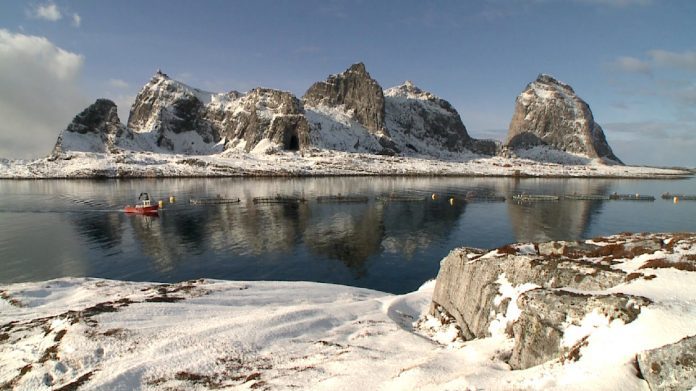Explanations seem casual, as 2018 analysis appears to miss mark
The black swan theory or theory of black swan events is a metaphor that describes an event that comes as a surprise, has a major effect, and is often inappropriately rationalised after the fact with the benefit of hindsight (Wikipedia).
To be a market analyst is sometimes a tough job. When you hit the mark, you’re the Messiah and can walk on water. You’re worth your weight in gold to your investor clients.
When you miss, like absolutely all analysts do from time to time, you’re branded a joker.
That’s how it is in the prediction business.
It’s especially those with extreme views who speak loudly, seek attention and crave the media spotlight that are sometimes declared geniuses — or hung out to dry.

Tsunami
No salmon market analyst in Norway is cited more often in the media than Nordea Markets’ Kolbjorn Giskeodegaard. And, his tips haven’t been clean hits thus far in 2018.
Just before Christmas (December 14th), the Nordea analyst estimated an average salmon price of 48 kroner (around EUR 5) for 2018 and 2019, a dramatic dip from the average of 59 kroner (EUR 6.2) for 2017. The party was definitely over.
“No salmon tsunami, rather a lack of interest in the market,” Giskeodegaard wrote in an analysis that gave the impression demand — not supply — was salmon farmers’ biggest problem. Against that backdrop, salmon shares were to see hard headwinds, he said.
But, the salmon price hasn’t fallen this year. The year’s first months have produced an average of 59 kroner a kilogram (EUR 6.2/kg) — or identical to last year, if seen together. On Friday, trades of eight kroner (EUR 8.20) were being made. Demand for salmon has been rock solid this year.
Dynamic
Salmon-farmer Ola Braanaas provides a hard appraisal of analysts in Norwegian business daily, Dagens Næringsliv: “These analysts — who before Christmas predicted that the salmon price would go this way and that way — they have no overview of this. Salmon is biological production, and the industry is more dynamic than what analysts believe,” Braanaas wrote.
Giskeodegaard pointed to a cold winter — with less feed used and less growth — as an explanation for the price spike that has sent salmon shares to new heights, rather than new depths, so far this year.
Black swans
Temperature and illness are two “black swans” that are difficult to anticipate and make scenarios for, according to Giskeodegaard.
The term “black swan” is used often in history, finance, science and technology, often in reference to an “extreme outlier”, a statistical observation completely removed from normal expectations, since nothing in history would point to its probability.
In that Dagens Nærings article, the news paper maintains that this year’s winter has been the coldest for 50 years. That’s not correct. It’s been cold, but only March has been record-beating. The records — usually set by what happens in January and February — remain, the Meteorological Institute says.
The black swan theory was launched by Nassim Nicholas Taleb in the book, Fooled by Randomness, published in 2001. In it, he shows how developments like the Internet, the PC, World War I and Sept. 11th, 2001 were black swans.
A cold month of March is definitely no black swan. Disease isn’t either. On the contrary — cold or mild winters, safely within normal observation — and disease are a natural part of running biology-based production like salmon-farming.


